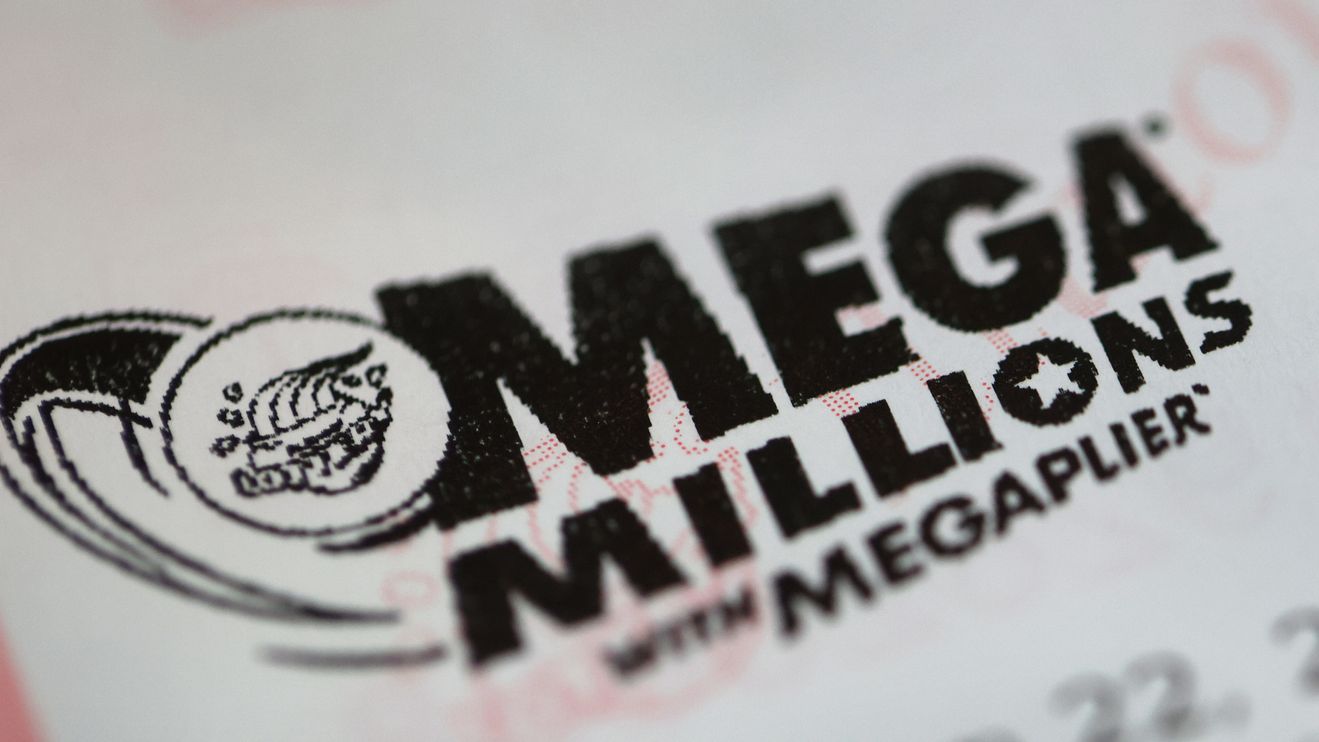The Mega Millions jackpot climbed to $1.05 billion this week, marking the fifth time in U.S. history that the lottery game’s prize has climbed over the billion-dollar threshold.
How did it get so high? There have been 29 straight draws without a Mega Millions winner since April 18, and the $1.05 billion jackpot is tied for the seventh largest lottery prize ever when you add in Powerball winners, too.
So here’s how the current Mega Millions jackpot stacks up against the biggest lottery prizes in history:
A Mega Millions winner has the ability to choose a lump-sum payment up front or an annuity payment over time as their prize. A lump-sum cash payment results in the person receiving a one-time payment equivalent to the cash in the prize pool, while those who opt for an annuity payment will receive an immediate payment and then 29 subsequent payments annually with a 5% increase in each payment from the previous one, according to the Mega Millions website.
So which one is most popular? The lump-sum payment, as the jackpot winners took the cash option the four other times that the Mega Millions jackpot reached over a billion dollars, according to CBS and Lottery.net.
But Robert Pagliarini, author of “The Sudden Wealth Solution,” previously told MarketWatch that he usually advises winners to take the annuity payments for tax purposes, as well as added protections from overspending.
See also: Hoping to win Mega Millions? This woman hit a $112 million Mega Millions jackpot.
Lottery jackpots, which are also subject to both state and federal taxes, can grow so large partially because the odds of winning are so tiny. For Mega Millions, the odds of winning the jackpot are about 1 in 302.6 million.
Those chances are so small that even if you bought a lottery ticket for every drawing over 80 years — that’s two times a week for Mega Millions and three times a week for Powerball — you would still be less likely to win than to be struck by lightning at any point in your life.
The next Mega Millions drawing is on Tuesday night at 11 p.m. Eastern and there’s no limit to how high the jackpot could reach if no one picks the lucky numbers.
Read the full article here





